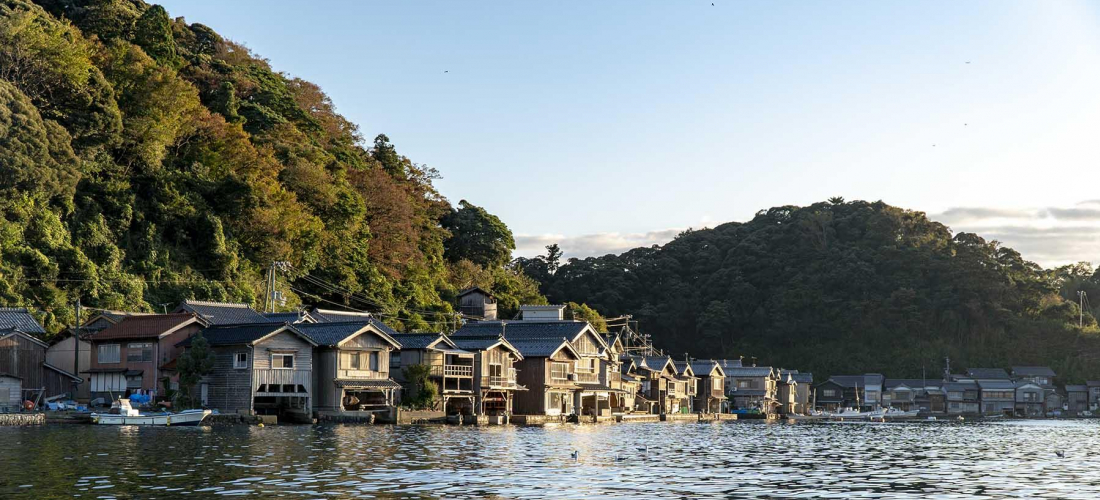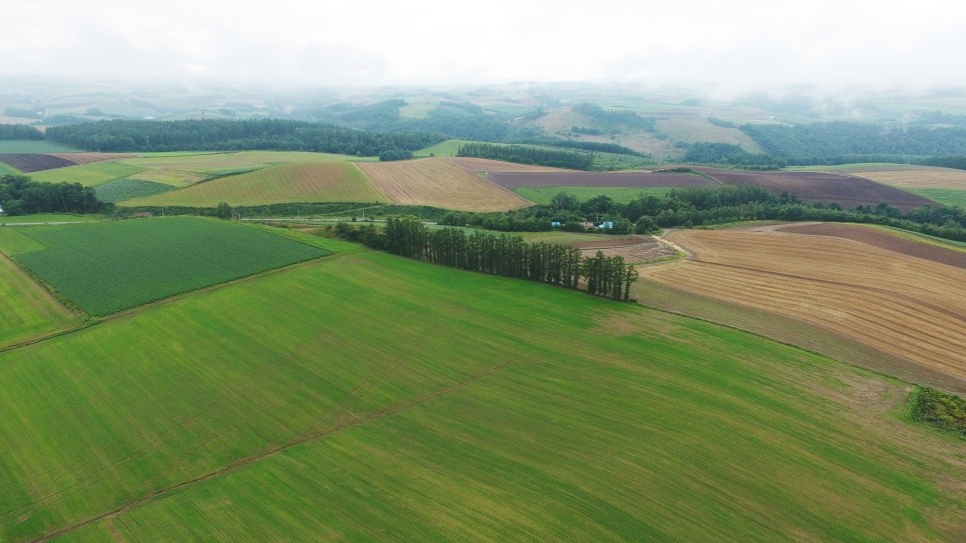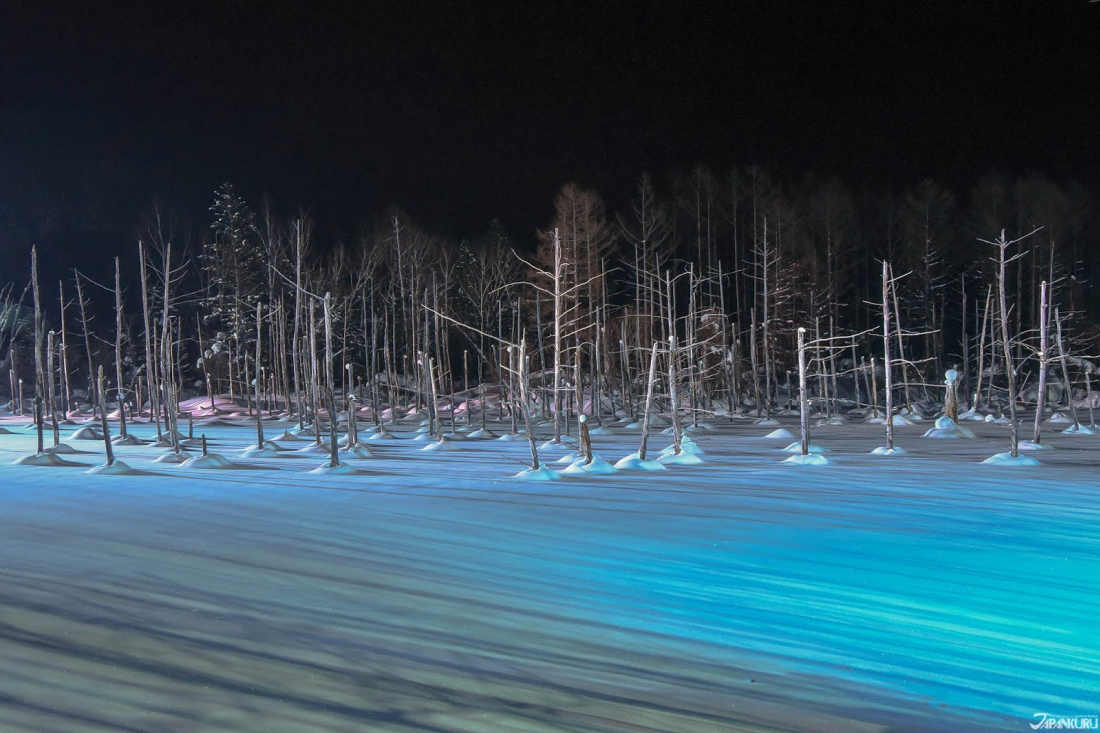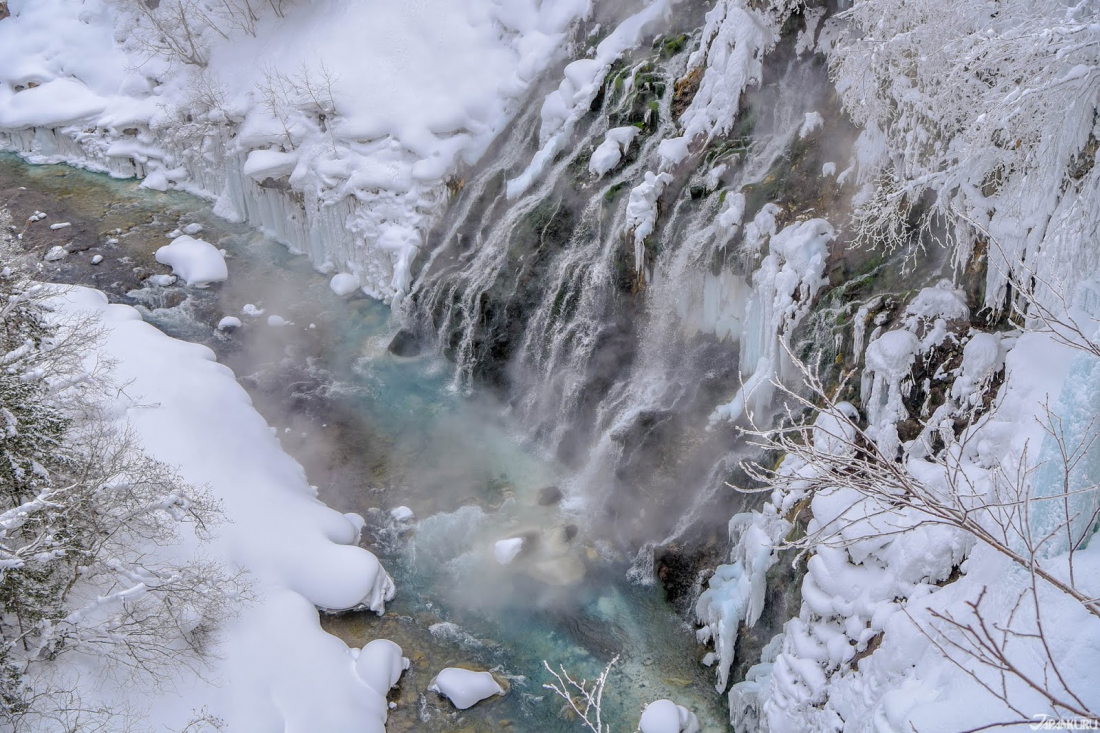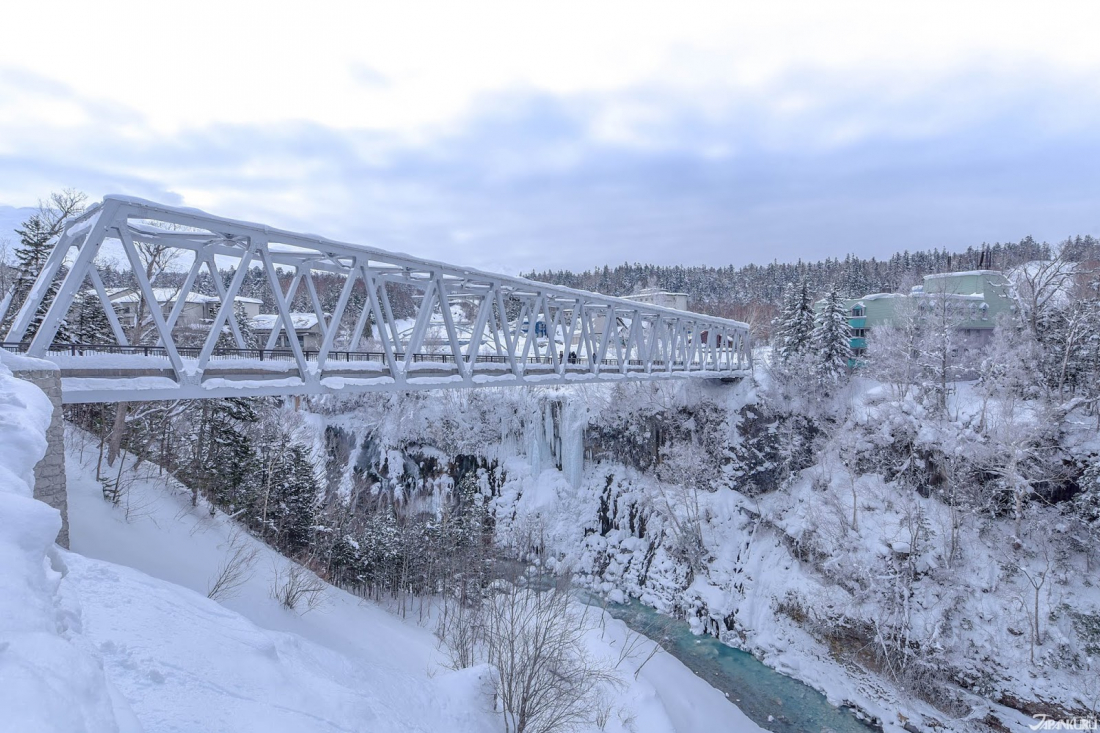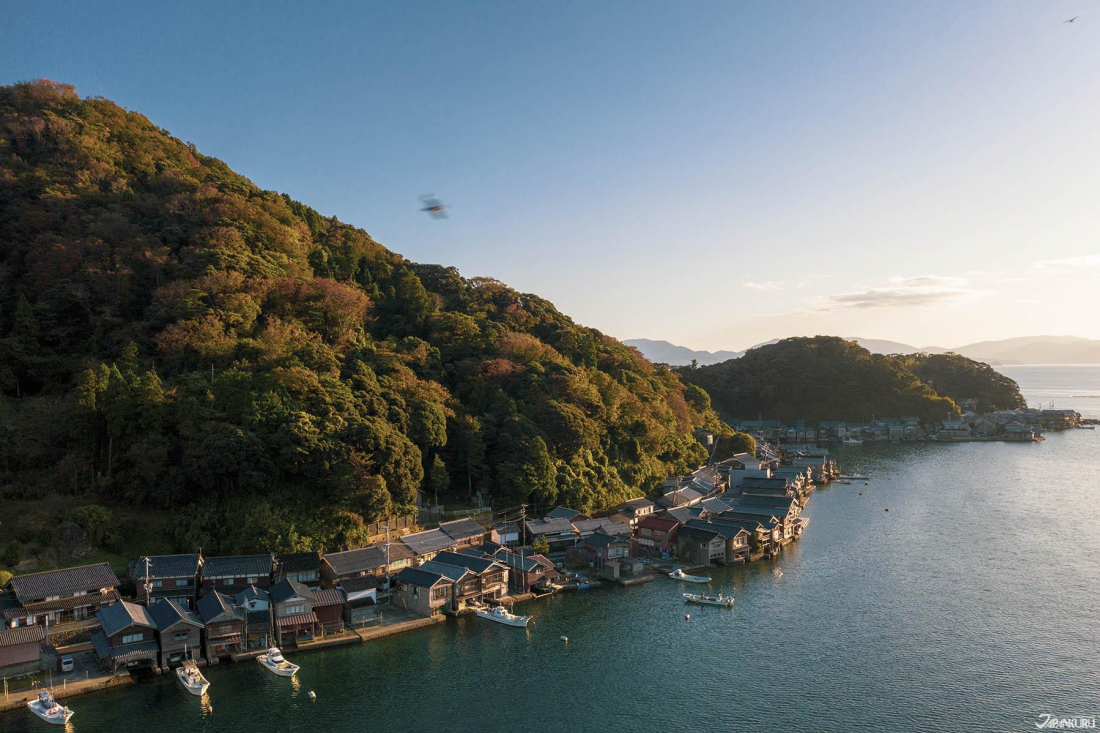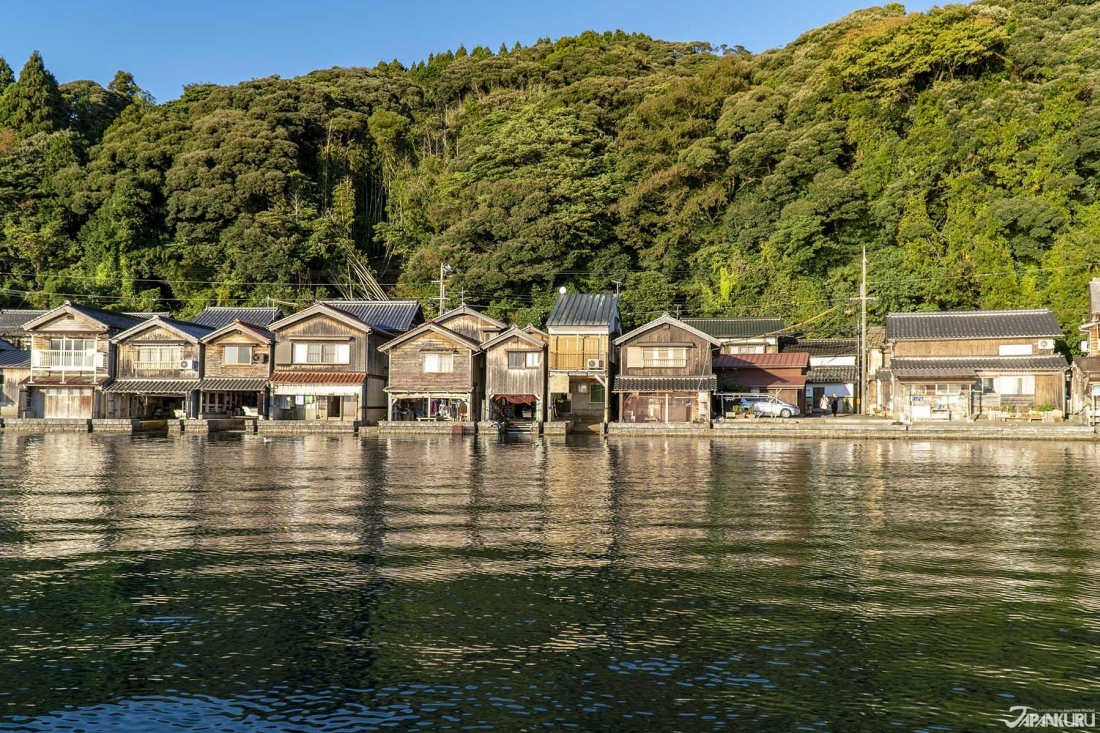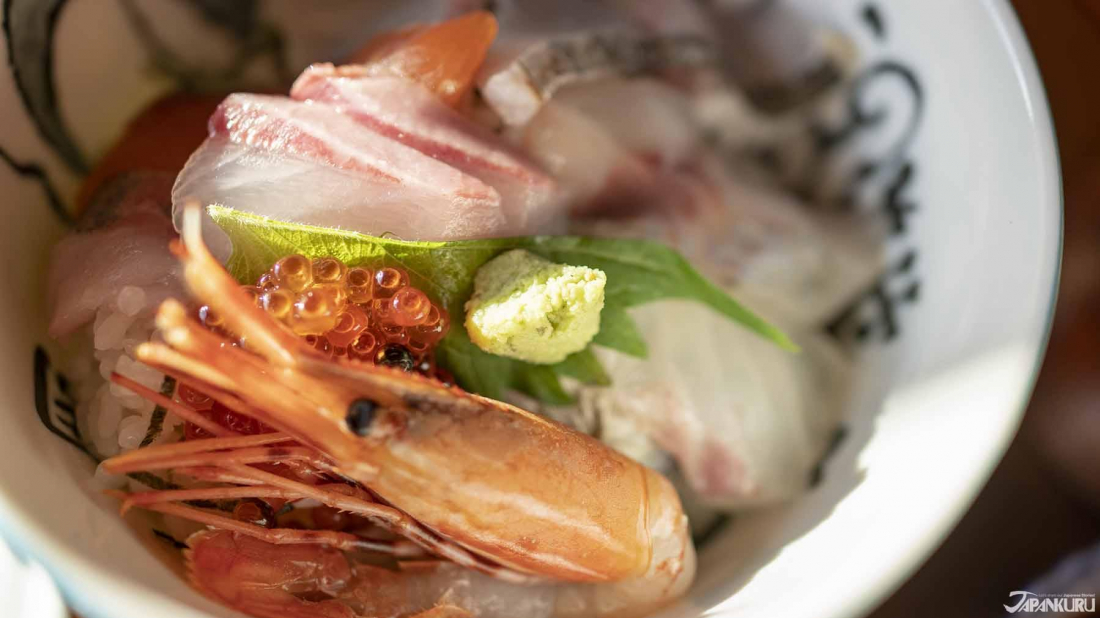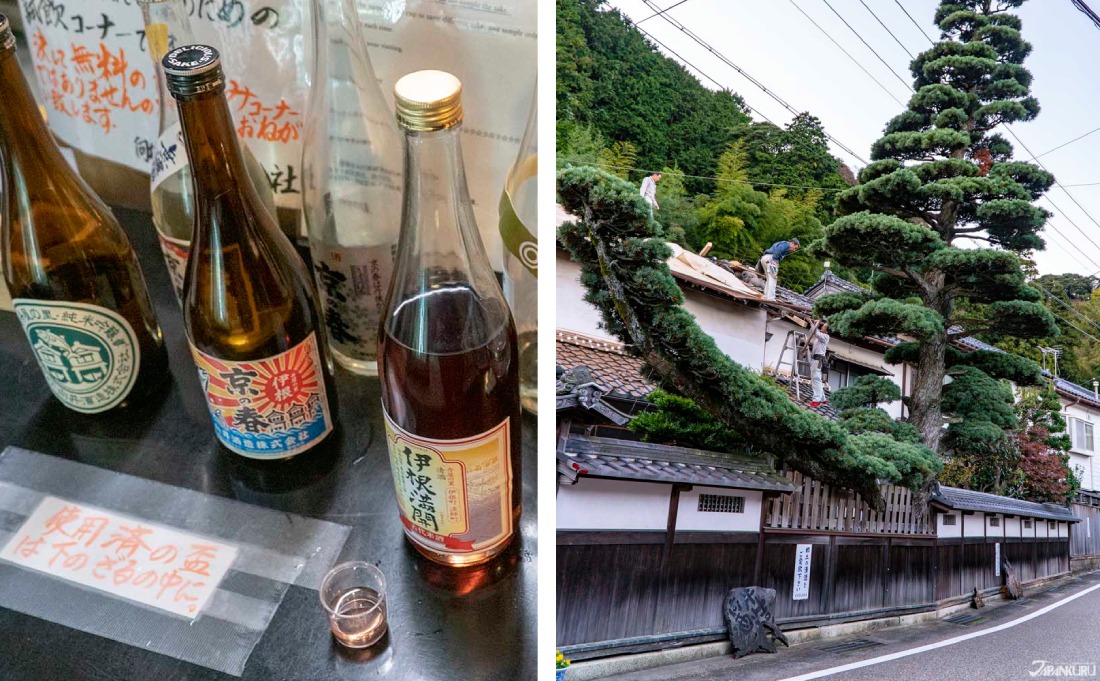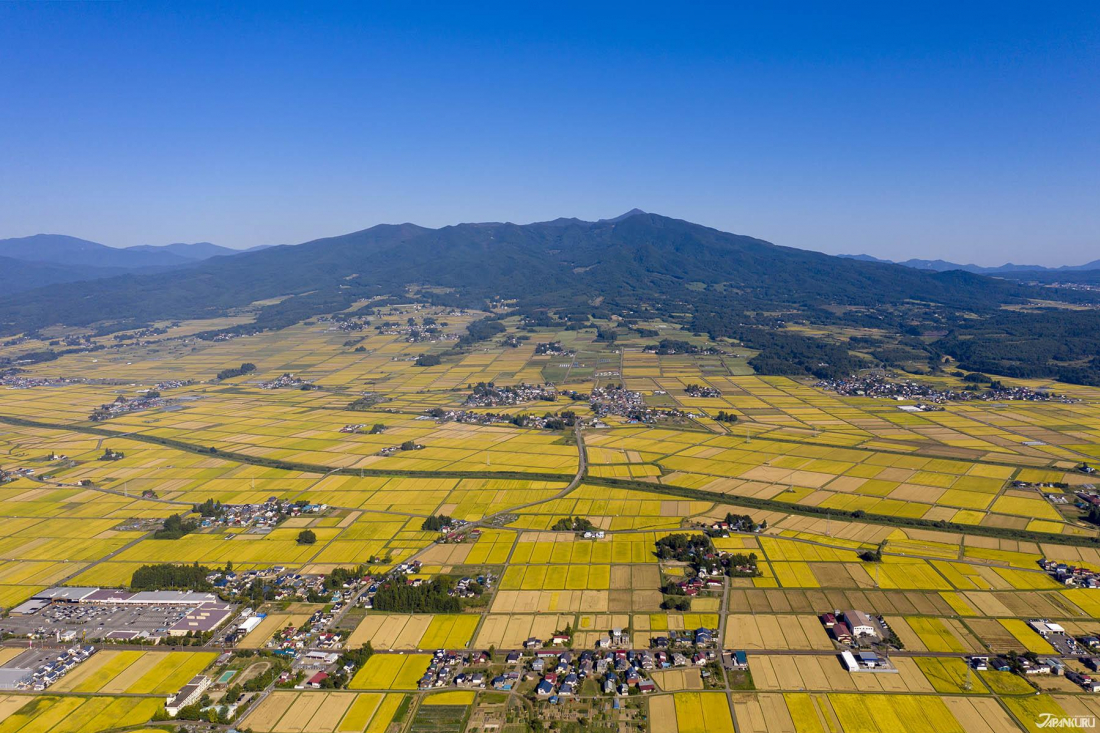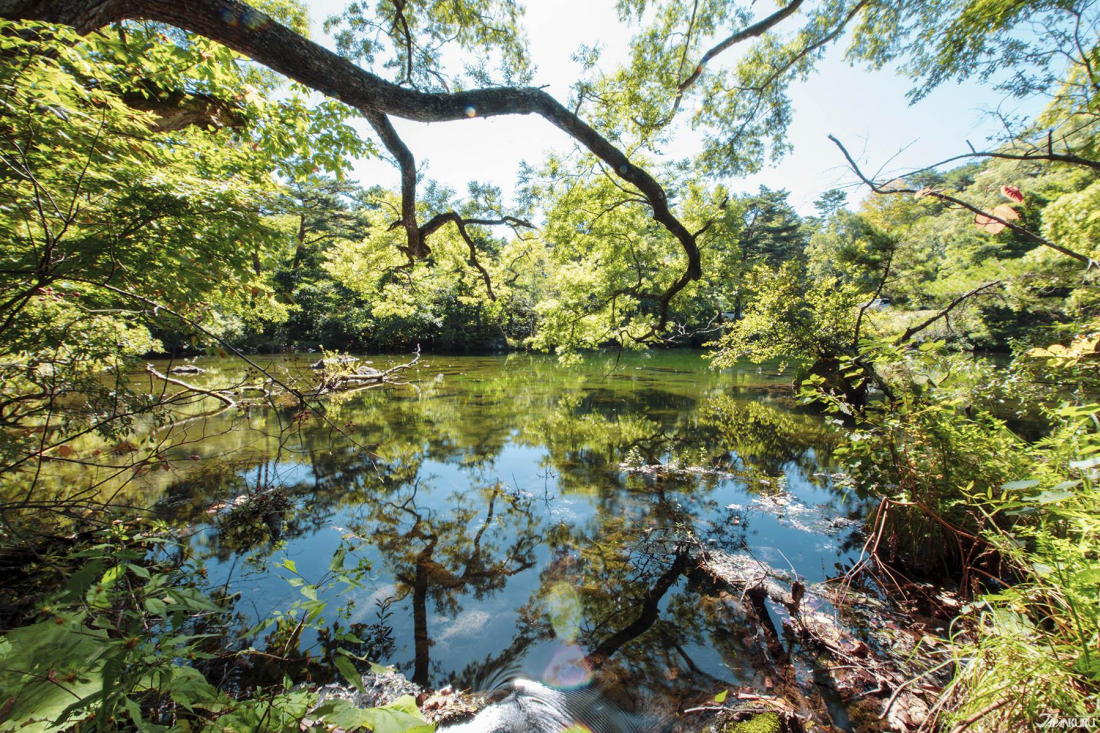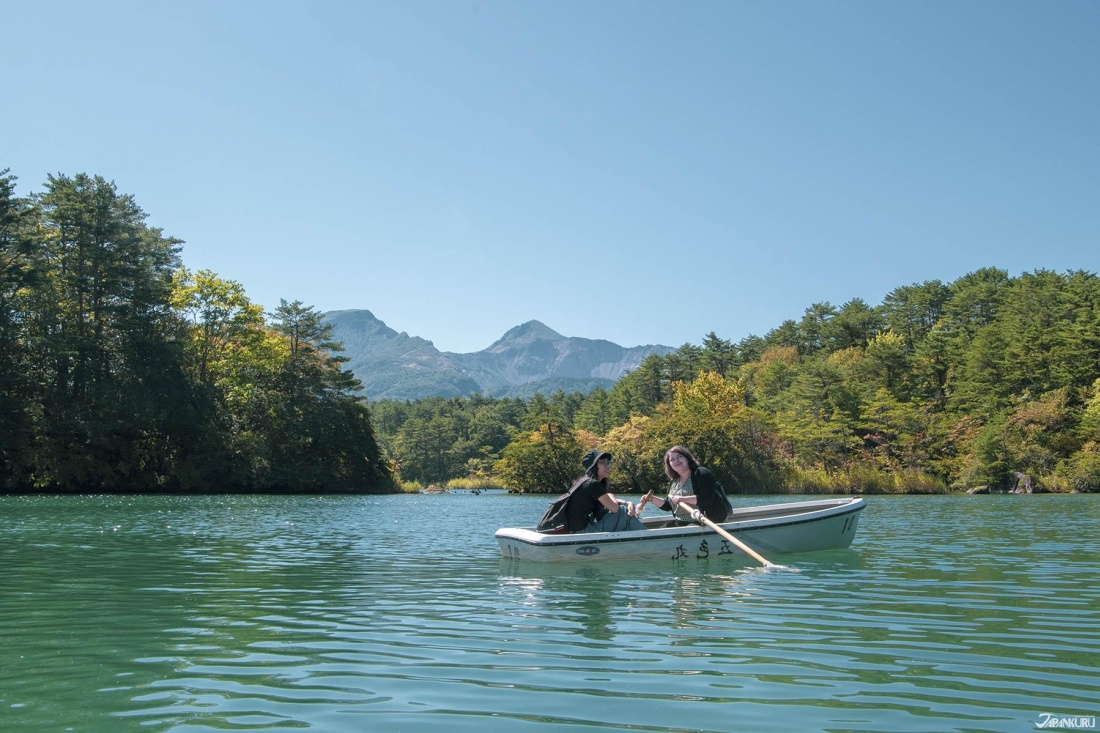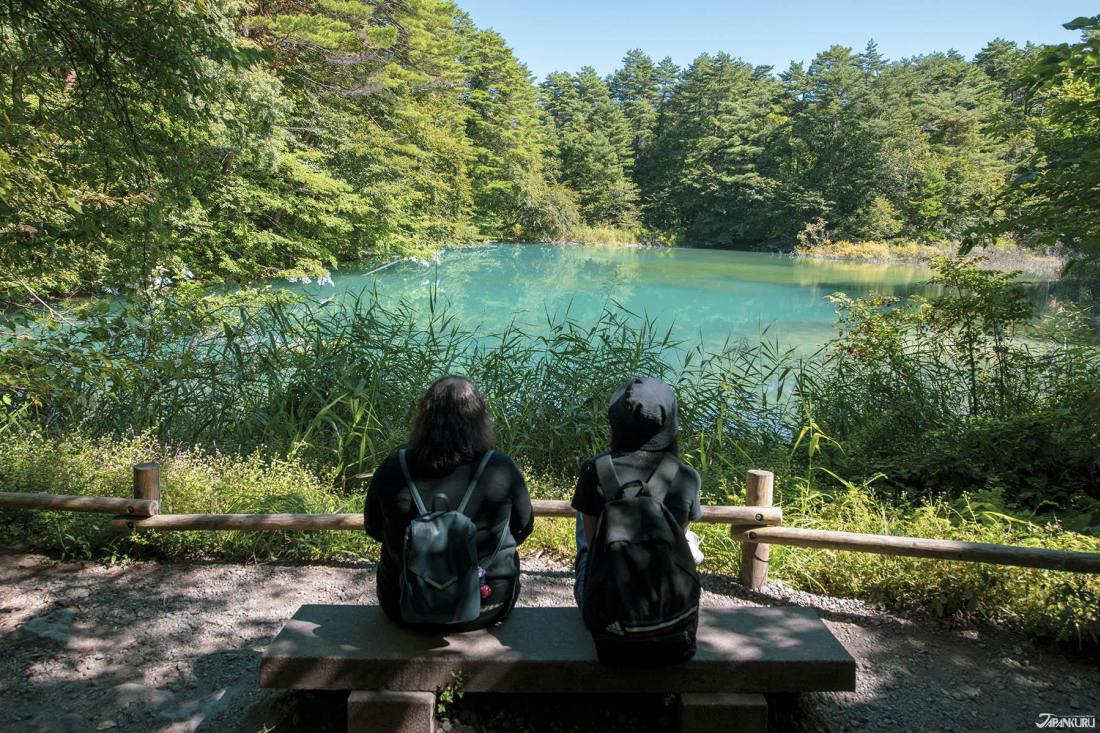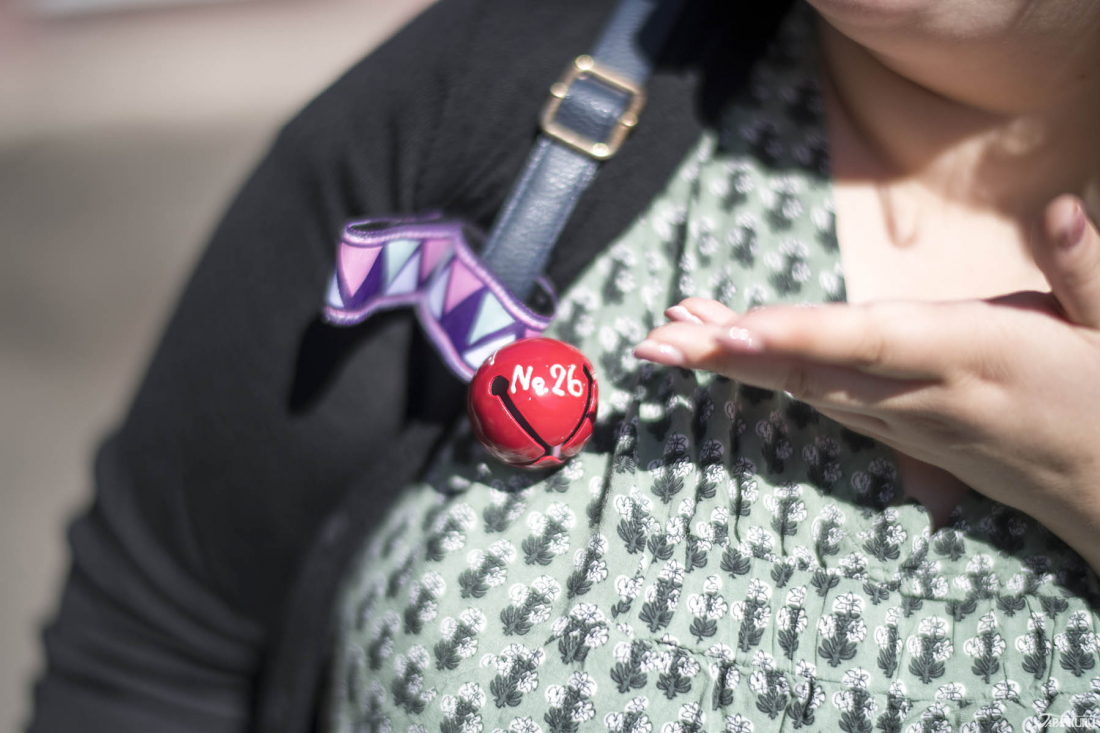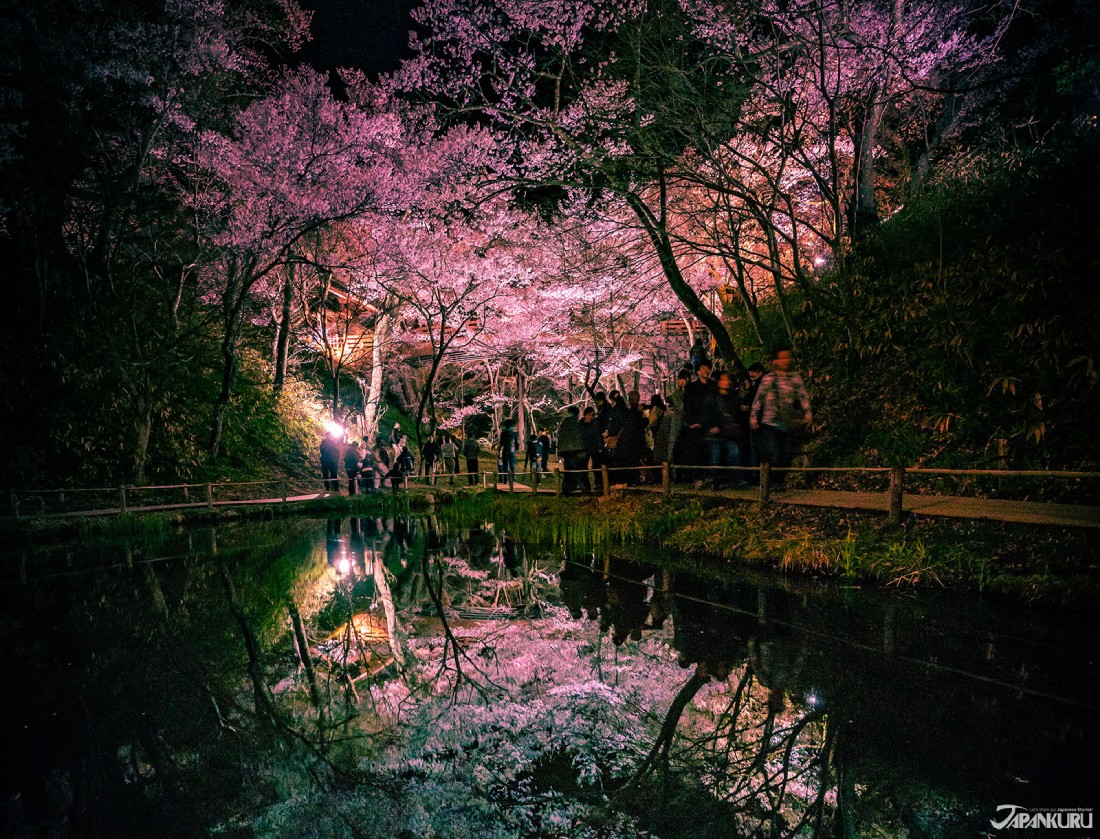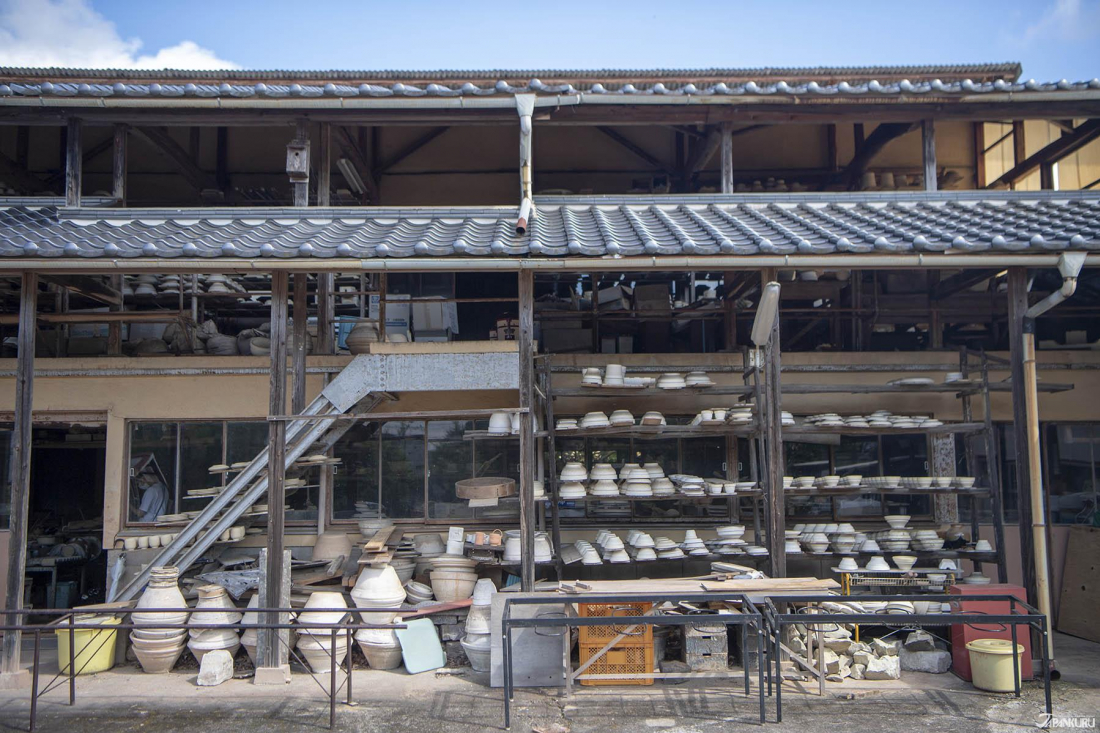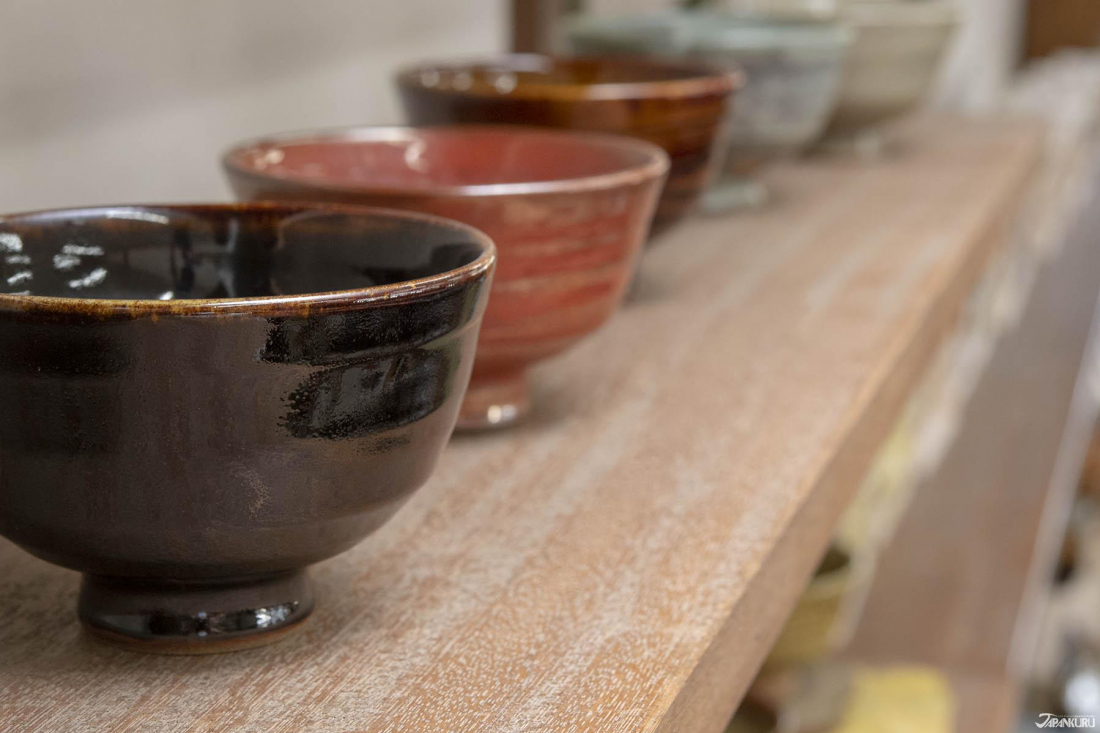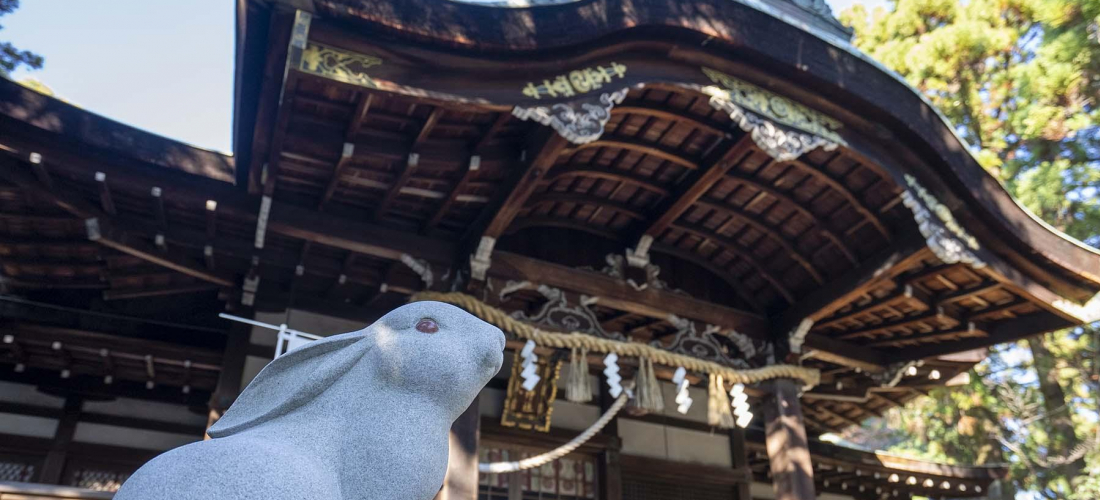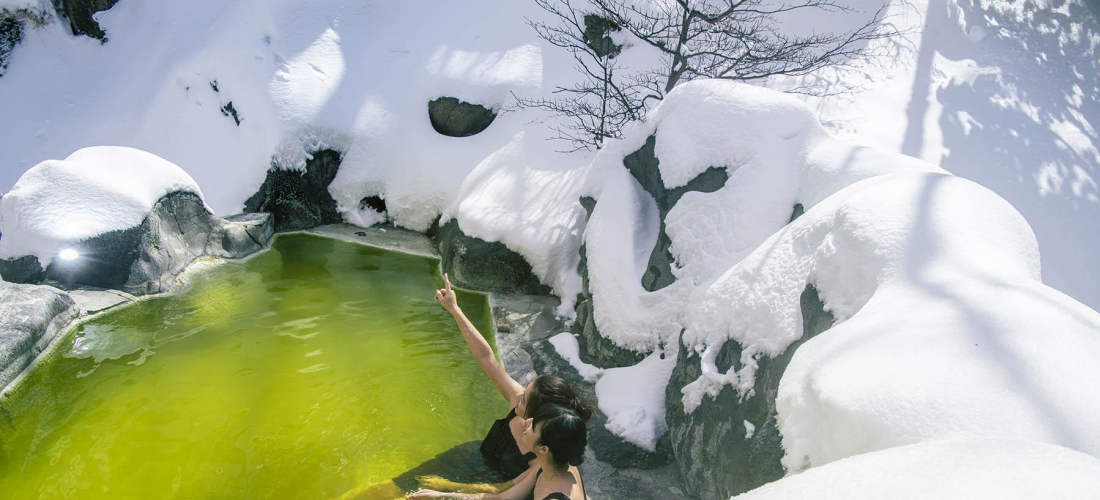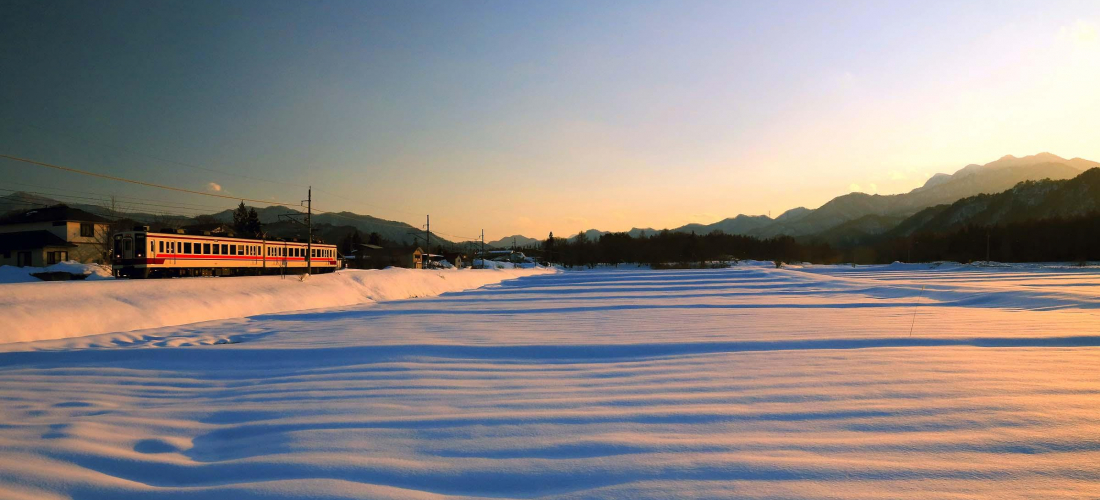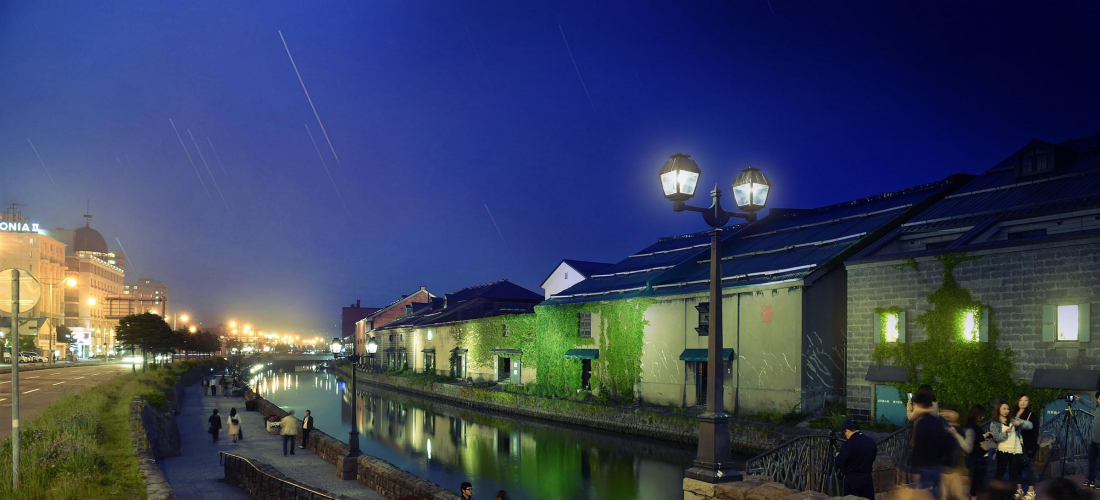CONTENTS
These tiny villages dot Japan like beautiful jewels woven into the countryside, each one a unique destination!
Any traveler that has ventured out of the big city and into Japan's countryside can tell you that rural Japan is full of picturesque mountains, endless expanses of verdant rice paddies, and any number of inviting tiny villages. These little communities are filled with a jumble of modern homes and traditional houses built in centuries past, with unique local landmarks and surprising histories, and while more and more young people have fled the countryside to Japan's urban areas in recent years, warm welcomes still await the ambitious traveler who ventures off the beaten path to a tiny village in Japan.
Now that Tokyo has become a mainstream travel destination for international sightseers, and other big cities like Kyoto and Osaka are quickly following suit, some of Japan's smallest towns are looking for ways to find their own niche. To help, one nonprofit is working to target some of Japan's most appealing little villages, and support the communities as they protect their heritage while working to welcome in the world. Called "The Most Beautiful Villages in Japan," this NPO was inspired by a similar organization in France, and so far it has identified more than 60 of Japan's "Most Beautiful Villages" for support and preservation. Each of these spots, scattered from the tip of Japan's northernmost prefecture of Hokkaido to the southernmost islands of Okinawa, has its own unique draw and plenty to charm travelers, so we picked just a handful of our favorites to share with you in this list!
① Biei, Hokkaido (北海道美瑛町)
Biei was the very first "Most Beautiful Village in Japan," as the town's mayor jumpstarted the local Japanese chapter of the organization in 2005, simultaneously inviting another seven communities to join. But of course, Biei isn't only on this list because it was the birthplace of the Most Beautiful Villages in Japan – it really might be one of the country's most beautiful villages. The town is known for the beautiful scenery that tourists flock to Hokkaido for throughout the year, including bucolic green fields in the warmer months and heavy blankets of white, fluffy snow each winter. Like much of Japan's countryside, local public transportation just can't compare to fantastic network of trains and buses found in Japan's bigger cities, but that makes it a particularly popular stop on any road trip through Hokkaido! With the help of a rental car, travelers can slip between the area's green expanses and race past iconic rows of trees.
One of Biei's most popular destinations is this lake that almost looks like a spot on another planet, but is really found in the town's Shirogane area. Called Aoi Ike (青い池) or Blue Pond, trees grow up out of a pool of bright blue waters, giving the pond its very literal name, and during the summer the shining daylight sets off the magical blue tone. When the weather turns cold, however, the pond is even more popular at night. The water freezes over, snow piles up on top, and then colorful lights are set up to reflect off of each of the tiny snowflakes upon the pond's surface for a dazzling display.
Aoi Ike / Shirogane Blue Pond (白金青い池)
Shirogane, Biei, Kamikawa District, Hokkaido
Biei Official Website (en)
Shirahige Falls are just five minutes from the Shirogane Blue Pond by car, and the waterfall is famous for the blue hue of the water at the base of the cliff. The source of these falls is an underwater river that flows out through small cracks in the dark 30m (98ft) rock face, causing a rare variety of waterfall as the many white tendrils flow to the ground. This unique appearance is what earned the waterfall its name, Shirahige (白髭), which literally means "white beard."
Shirahige Waterfall (白ひげの滝 )
Shirogane, Biei-cho, Kamikawa-gun, Hokkaido
② Ine, Kyoto (京都府伊根町)
The little town of Ine has a long history as a fishing village, and as a stop on the trade routes between Kyoto and parts of Europe and Asia, and to this day the community has held onto and preserved the area's famous "funaya" (舟屋) – traditional wooden boathouses that still sit right on and even over the water. The amazing cultural heritage of these traditional homes earned Ine the very first official Japanese historic preservation designation of a group of traditional buildings in a fishing village, and a few years later the spot officially became one of the Most Beautiful Villages in Japan.
While traditional Japanese farmhouses and the old residences found in many regions of Japan tend to share certain designs and styles, the unique look and functional architectural quirks of Ine's funaya houses make them an unusual sight, and you won't find a scene quite like this anywhere else in Japan. Visitors who want to see the houses from another angle can take one of the town's water taxis out onto the bay for a truly splendid view of the scenery, as the water sparkles in the sun. (Water taxi drivers might even hand you some shrimp chips to feed the seagulls as you ride through the water, and they swoop past to grab the snacks right out of your hand!)
As a fishing village on the water, perhaps it's no surprise that Ine is also an excellent place to indulge in some fresh seafood! Just across the street from the water, with a wall of windows looking out over the bay, Funaya Shokudo is a popular spot for kaisen-don (海鮮丼) seafood bowls and dishes of squid and udon.
Funeya Shokudo (舟屋食堂)
491 Hirata, Ine, Yoza District, Kyoto
Hours: 8:00 – 16:00 (closed Thursdays)
Official Website
For travelers visiting the picturesque streets of Ine, Mukai Shuzo Sake Brewery is often a last stop before leaving the area. The 250-year-old brewery makes a few different varieties of Japanese sake, including a rather unusual brew with a tinge of red color and a surprisingly fruity flavor, which brings to mind the mellow aromas of red wine. It makes a great souvenir!
Mukai Shuzo Sake Brewery (向井酒造)
67, Hirata, Ine, Yoza District, Kyoto
Hours: 9:00 – 12:00 / 13:00 – 17:00
③ Kitashiobara, Fukushima (福島県北塩原村)
The western Aizu region of Fukushima Prefecture is known for its samurai history, historic sake breweries, and savory bowls of breakfast ramen, but local villages like the rural Kitashiobara also attract visitors thanks to their gorgeous natural features – which are what earned it a place among the Most Beautiful Villages in Japan in 2010. Spread out flat at the foot of the active volcano Mount Bandai, the green sprawl of Kitashiobara's endless rice paddies is uniquely Japanese, while the colorful marshes and lakes formed by volcanic activity are uniquely Kitashiobara.
Kitashiobara's Goshiki-numa (五色沼), also called the Five Colored Marshes, became a part of the local landscape after a historic eruption from Mount Bandai back in the 1880s. Though the volcanic eruption was a tragic natural disaster at the time, killing hundreds and destroying the villages of many more, it left the area littered with hundreds of beautiful lakes and marshes (numa/沼 in Japanese) that now dot the landscape like brilliant jewels.
The Goshiki-numa are known for the range of brilliant blue-green hues that color each body of water, big and small, and travelers now traipse through the wooded countryside to see some of the more popular spots. The largest lake is Bishamon-numa, where visitors can head down the rocky steps to rent rowboats on the lakeshore and get out on the water, enjoying the dramatic backdrop created by the craggy shape of Mount Bandai. Bishamon-numa is also home to the "Goshikinuma Heart Koi", a white koi fish with a distinct orange heart on its side, and spotting the koi is said to bring good luck!
Bishamon-numa Rowboats (毘沙門沼 貸ボート受付)
1093 Kengamine, Hibara, Kitashiobara, Yama District, Fukushima
Hours: 8:00 – 16:30 (closed Dec. to Mar.)
Price: 700 yen/30 minutes or 1,300 yen/1 hour
Hiking trails thread through the forest connecting many of the smaller marshes, which reflect the surrounding foliage in their brilliant surfaces. Ao-numa (青沼) and Ruri-numa (るり沼) are popular destinations, but Haha-numa (母沼) and Yanagi-numa (柳沼) are worth a look too, and a little further into the woods, past Ruri-numa, the uneven lakebed of Benten-numa (弁天沼) gives the view some colorful variety.
When the weather is nice, the trails through the woods are well-tread without being overly crowded – but for those worried about meeting a less friendly hiking companion, there are bear bells available at the trailhead for visitors to borrow as they explore the area!
★ Most Beautiful Village Bonuses ★
Looking for a most-beautiful destination for enjoying Japan's cherry blossom season? Takato Castle Site Park (高遠城址公園), in Most Beautiful Village Takatomachi, was the spot of the first Japanese cherry blossoms to ever bloom – according to local legend, at least. These days, the castle ruins are a particularly popular destination for night-time cherry blossom viewing, and the park is said to be one of the top three cherry blossom viewing spots in Japan. During the annual Takato Sakura Festival, the park opens during the day and stays open past sunset so that visitors can see the beautifully lit blossoms reflected in the water.
For those arriving in Japan during the colder months of the year, blankets of white snow and maple trees make Takato Castle Site Park a charming wintertime destination as well!
Takato Castle Site Park (高遠城址公園)
Higashi Takato, Takatomachi, Ina, Nagano
Hours: 8:00 – 21:00
Price: adults 500 yen/children 200 yen (admission is free outside of the sakura viewing period)
Official Website / Takato Sakura Festival Website
For those who like to get hands-on during their travels, the Most Beautiful Village of Koisago has a history entwined with local artisans and pottery culture, as the home of the Tochigi's popular Koisago-yaki ceramics. The local ceramics are known for colored glazes that shine with rich cinnabar reds and warm, golden yellows, a tradition passed on through generations of potters, and visitors can experience a little bit of the history for themselves by trying their own hands at Koisago-yaki. Fujita Pottery was founded 170 years ago, and now visitors can tour the artisan studios, paint dishes using the area's deeply pigmented glazes, try hand-sculpting, or even whip up their own cup or bowl using a pottery wheel (with some helpful tips from the workshop's experts).
Fujita Pottery (藤田製陶所)
2710 Koisago, Nakagawa, Nasu District, Tochigi
Official Website (jp)
The Most Beautiful Village in Japan?
It turns out, finding the "Most Beautiful Villages in Japan" isn't really about weighing the pros and cons of each little village, and it's more about finding what makes each of Japan's tiny communities special and worth exploring. The NPO The Most Beautiful Villages in Japan adds new spots to their list every year, helping those regions to protect their cultural heritage and helping visitors to appreciate what each has to offer – and the list is just one great way to start looking for a unique destination outside of Japan's big cities. So, where do you think is the most beautiful village in Japan?
For more info and updates from Japan, check Japankuru for new articles, and don't forget to follow us on Twitter, Instagram, and Facebook!
COMMENT
FEATURED MEDIA
VIEW MORE 
A New Tokyo Animal Destination: Relax & Learn About the World’s Animals in Japan
#pr #japankuru #anitouch #anitouchtokyodome #capybara #capybaracafe #animalcafe #tokyotrip #japantrip #카피바라 #애니터치 #아이와가볼만한곳 #도쿄여행 #가족여행 #東京旅遊 #東京親子景點 #日本動物互動體驗 #水豚泡澡 #東京巨蛋城 #เที่ยวญี่ปุ่น2025 #ที่เที่ยวครอบครัว #สวนสัตว์ในร่ม #TokyoDomeCity #anitouchtokyodome

Shohei Ohtani Collab Developed Products & Other Japanese Drugstore Recommendations From Kowa
#pr #japankuru
#kowa #syncronkowa #japanshopping #preworkout #postworkout #tokyoshopping #japantrip #일본쇼핑 #일본이온음료 #오타니 #오타니쇼헤이 #코와 #興和 #日本必買 #日本旅遊 #運動補充能量 #運動飲品 #ช้อปปิ้งญี่ปุ่น #เครื่องดื่มออกกำลังกาย #นักกีฬา #ผลิตภัณฑ์ญี่ปุ่น #อาหารเสริมญี่ปุ่น

도쿄 근교 당일치기 여행 추천! 작은 에도라 불리는 ‘가와고에’
세이부 ‘가와고에 패스(디지털)’ 하나면 편리하게 이동 + 가성비까지 완벽하게! 필름카메라 감성 가득한 레트로 거리 길거리 먹방부터 귀여움 끝판왕 핫플&포토 스폿까지 총집합!
Looking for day trips from Tokyo? Try Kawagoe, AKA Little Edo!
Use the SEIBU KAWAGOE PASS (Digital) for easy, affordable transportation!
Check out the historic streets of Kawagoe for some great street food and plenty of picturesque retro photo ops.
#pr #japankuru #도쿄근교여행 #가와고에 #가와고에패스 #세이부패스 #기모노체험 #가와고에여행 #도쿄여행코스 #도쿄근교당일치기 #세이부가와고에패스
#tokyotrip #kawagoe #tokyodaytrip #seibukawagoepass #kimono #japantrip

Hirakata Park, Osaka: Enjoy the Classic Japanese Theme Park Experience!
#pr #japankuru #hirakatapark #amusementpark #japantrip #osakatrip #familytrip #rollercoaster #retrôvibes #枚方公園 #大阪旅遊 #關西私房景點 #日本親子旅行 #日本遊樂園 #木造雲霄飛車 #히라카타파크 #สวนสนุกฮิราคาตะพาร์ค

🍵Love Matcha? Upgrade Your Matcha Experience With Tsujiri!
・160년 전통 일본 말차 브랜드 츠지리에서 말차 덕후들이 픽한 인기템만 골라봤어요
・抹茶控的天堂!甜點、餅乾、飲品一次滿足,連伴手禮都幫你列好清單了
・ส่องมัทฉะสุดฮิต พร้อมพาเที่ยวร้านดังในอุจิ เกียวโต
#pr #japankuru #matcha #matchalover #uji #kyoto #japantrip #ujimatcha #matchalatte #matchasweets #tsujiri #말차 #말차덕후 #츠지리 #교토여행 #말차라떼 #辻利抹茶 #抹茶控 #日本抹茶 #宇治 #宇治抹茶 #日本伴手禮 #抹茶拿鐵 #抹茶甜點 #มัทฉะ #ของฝากญี่ปุ่น #ชาเขียวญี่ปุ่น #ซึจิริ #เกียวโต

・What Is Nenaito? And How Does This Sleep Care Supplement Work?
・你的睡眠保健品——認識「睡眠茶氨酸錠」
・수면 케어 서플리먼트 ‘네나이토’란?
・ผลิตภัณฑ์เสริมอาหารดูแลการนอน “Nenaito(ネナイト)” คืออะไร?
#pr #japankuru #sleepcare #japanshopping #nenaito #sleepsupplement #asahi #睡眠茶氨酸錠 #睡眠保健 #朝日 #l茶胺酸 #日本藥妝 #日本必買 #일본쇼핑 #수면 #건강하자 #네나이토 #일본영양제 #อาหารเสริมญี่ปุ่น #ช้อปปิ้งญี่ปุ่น #ร้านขายยาญี่ปุ่น #ดูแลตัวเองก่อนนอน #อาซาฮิ

Japanese Drugstore Must-Buys! Essential Items from Hisamitsu® Pharmaceutical
#PR #japankuru #hisamitsu #salonpas #feitas #hisamitsupharmaceutical #japanshopping #tokyoshopping #traveltips #japanhaul #japantrip #japantravel

Whether you grew up with Dragon Ball or you just fell in love with Dragon Ball DAIMA, you'll like the newest JINS collab. Shop this limited-edition Dragon Ball accessory collection to find some of the best Dragon Ball merchandise in Japan!
>> Find out more at Japankuru.com! (link in bio)
#japankuru #dragonball #dragonballdaima #animecollab #japanshopping #jins #japaneseglasses #japantravel #animemerch #pr

This month, Japankuru teamed up with @official_korekoko to invite three influencers (originally from Thailand, China, and Taiwan) on a trip to Yokohama. Check out the article (in Chinese) on Japankuru.com for all of their travel tips and photography hints - and look forward to more cool collaborations coming soon!
【橫濱夜散策 x 教你怎麼拍出網美照 📸✨】
每次來日本玩,是不是都會先找旅日網紅的推薦清單?
這次,我們邀請擁有日本豐富旅遊經驗的🇹🇭泰國、🇨🇳中國、🇹🇼台灣網紅,帶你走進夜晚的橫濱!從玩樂路線到拍照技巧,教你怎麼拍出最美的夜景照。那些熟悉的景點,換個視角說不定會有新發現~快跟他們一起出發吧!
#japankuru #橫濱紅磚倉庫 #汽車道 #中華街 #yokohama #japankuru #橫濱紅磚倉庫 #汽車道 #中華街 #yokohama #yokohamaredbrickwarehouse #yokohamachinatown

If you’re a fan of Vivienne Westwood's Japanese designs, and you’re looking forward to shopping in Harajuku this summer, we’ve got important news for you. Vivienne Westwood RED LABEL Laforet Harajuku is now closed for renovations - but the grand reopening is scheduled for July!
>> Find out more at Japankuru.com! (link in bio)
#japankuru #viviennewestwood #harajuku #omotesando #viviennewestwoodredlabel #viviennewestwoodjapan #비비안웨스트우드 #오모테산도 #하라주쿠 #日本購物 #薇薇安魏斯伍德 #日本時尚 #原宿 #表參道 #japantrip #japanshopping #pr

Ready to see TeamLab in Kyoto!? At TeamLab Biovortex Kyoto, the collective is taking their acclaimed immersive art and bringing it to Japan's ancient capital. We can't wait to see it for ourselves this autumn!
>> Find out more at Japankuru.com! (link in bio)
#japankuru #teamlab #teamlabbiovortex #kyoto #kyototrip #japantravel #artnews
Photos courtesy of teamLab, Exhibition view of teamLab Biovortex Kyoto, 2025, Kyoto ® teamLab, courtesy Pace Gallery

Japanese Makeup Shopping • A Trip to Kamakura & Enoshima With Canmake’s Cool-Toned Summer Makeup
#pr #canmake #enoshima #enoden #에노시마 #캔메이크 #japanesemakeup #japanesecosmetics

⚔️The Robot Restaurant is gone, but the Samurai Restaurant is here to take its place. Check it out, and don't forget your coupon!
🍣신주쿠의 명소 로봇 레스토랑이 사무라이 레스토랑으로 부활! 절찬 쿠폰 발급중
💃18歲以上才能入場的歌舞秀,和你想的不一樣!拿好優惠券去看看~
#tokyo #shinjuku #samurairestaurant #robotrestaurant #tokyotrip #도쿄여행 #신주쿠 #사무라이레스토랑 #이색체험 #할인이벤트 #歌舞伎町 #東京景點 #武士餐廳 #日本表演 #日本文化體驗 #japankuru #japantrip #japantravel #japanlovers #japan_of_insta

Japanese appliance & electronics shopping with our KOJIMA x BicCamera coupon!
用JAPANKURU的KOJIMA x BicCamera優惠券買這些正好❤️
코지마 x 빅 카메라 쿠폰으로 일본 가전 제품 쇼핑하기
#pr #japankuru #japanshopping #kojima #biccamera #japaneseskincare #yaman #dji #osmopocket3 #skincaredevice #日本購物 #美容儀 #相機 #雅萌 #日本家電 #일본여행 #면세 #여행꿀팁 #일본쇼핑리스트 #쿠폰 #일본쇼핑 #일본브랜드 #할인 #코지마 #빅카메라 #japankurucoupon

